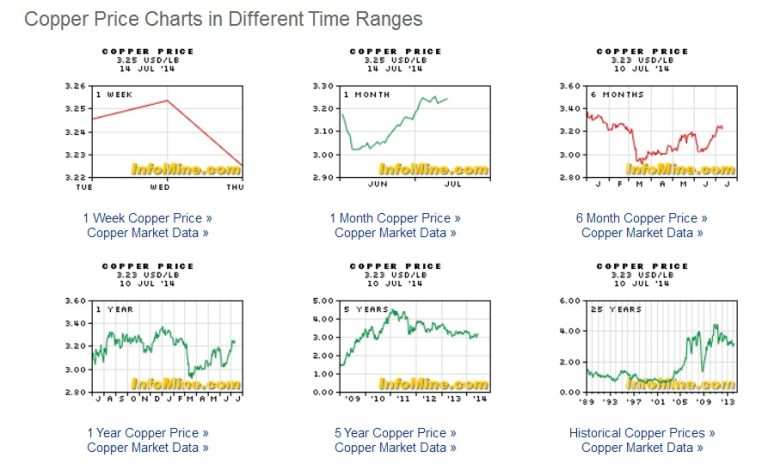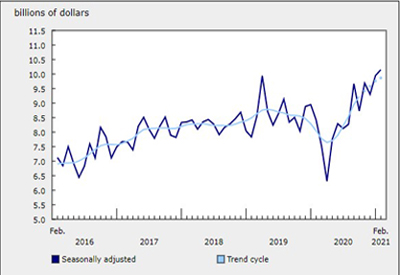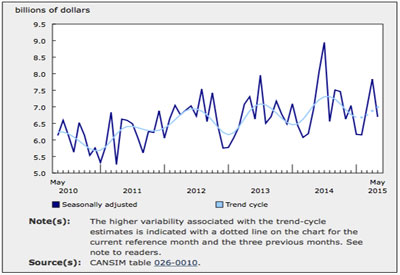7 Important Inventory Metrics for Your Warehouse

Jan 04 2016
Jay Schofield
Setting goals is important for your small business to grow. As you start setting objectives, you may be tempted to look at other successful businesses and copy what they’re doing. Resist that urge! No ideal “one-size-fits-all” metrics exist. Even if a company is similar to yours, each operating environment is unique and its metrics may not fit your business requirements.
“Always begin by identifying what your most important stakeholders think is important,” says Justin LaChance, recovery and resolution planning leader at GE Capital. “Make sure you clearly define long-term and short-term operational goals, so that you can create metrics that align with those goals.”
When you fully understand key inventory metrics unique to your company and apply them to your operations, you can focus your efforts in all facets of your business, from the sales floor to the warehouse. When you strategically approach both the good and problematic areas, you avoid chaos and gain purposeful control of your operations.
Where your inventory metrics should start
1. Set clear goals. your business goals could include sales objectives, profit margins, customer acquisition/retention, or a combination. Whatever they are, be sure they align with your mission.
2. Define the metrics. Once you have defined your goals, you can derive metrics from each one. Each metric will help track your progress to success. For example, if your goal is to reach a certain amount of sales during the holiday season, your metric might involve the installation of an inventory management system to start tracking trends and customer behaviour.
3. Let your employees know. Once you’ve defined key metrics, it’s important to get buy-in from your employees. They are the ones on the front lines, and metrics can help them make better decisions during the course of their workday. They can also provide solid insights to improve metrics along the way.
Important inventory metrics
Understanding key inventory metrics and applying them to your operations will focus your efforts in all facets of your business, from sales to the warehouse. When you strategically face both the good and problematic areas, you avoid chaos and gain purposeful control of your operations. Here are some recommended metrics to start with.
1. Inventory accuracy: bottom line, you have to know how much inventory you have in stock and how much is passing through your warehouse. Regular cycle counts, whether based on demand or at a scheduled time, will give you the data needed to measure accuracy.
2. Inventory turnover: during the course of a year or a season, it’s valuable to know what items are selling, and which are taking up space on your shelves. Inventory turnover measures how often inventory sold and leaves the warehouse in a certain time period. You can figure this number by dividing the cost of goods by the average inventory.
3. Fill rate: these data measure lines shipped versus lines ordered by a customer. From the warehouse perspective, it has everything to do with keeping items in stock and available for orders. From the customer’s perspective, excellent fill rates equal improved customer satisfaction. You keep customers happy when you ship orders perfectly and on time.
4. Customer loyalty and retention: even a 5% improvement in customer retention will yield between a 20-100% increase in profits across a wide range of industries, according to customer loyalty expert Fred Reichheld. Yes, customer loyalty is directly connected to your warehouse. You might count on sales or customer services to attract and keep the right customer. An efficient warehouse that picks, packs and ships orders on time and without damages will keep customers coming back. Who knows, perhaps these customers will become regulars and order larger quantities down the road or even refer new customers to you.
5. Sales revenue: The definition of sales revenue is the income from customer purchases of goods and services, minus the cost associated with things like returned or undeliverable merchandise. This is definitely a metric that you’d like to see increase. You won’t know if sales are good unless you have the hard, accurate data to back it up. An inventory management system can track inventory metrics so you can establish trends and hone in on the meaning behind them.
6. Size of gross margin: the gross margin is calculated as a company’s total sales revenue minus its cost of goods sold, divided by the total sales revenue. This figure is expressed as a percentage and the higher the percentage the more the company retains on each dollar of sales to service its other costs and enjoy as profits.
7. Operation productivity: staff productivity is one of the most important inventory metrics to track. Employees become frustrated and unmotivated when they can’t function efficiently due to an unorganized work environment. That unrest can cost your business big time. For example, you’ll have to pay for extra labour when it takes workers too much time to physically find items in the warehouse. Make sure this doesn’t become a costly problem by providing the right tools. Barcode inventory management systems can organize your stock, storing important data with a quick scan. When you implement a system that’s easy to use and provides valuable information, staff productivity heightens and becomes a company asset.
Once you have established metrics, start measuring them by creating benchmarks to determine how your business is doing, whether the feedback is good or not. It’s a learning curve along the way.
Even a 5% improvement in customer retention will yield between a 20 to 100% increase in profits across a wide range of industries
Every business is different, so it’s up to you to decide what inventory metrics are most important to reach your goals. As you put a system in place to monitor and report inventory metrics, you may find you need to tweak processes or add new processes that will help you figure and reach your goals.
What business goals do you have for inventory management moving forward?
Jay Schofield is Product Business Development Manager at System ID Barcode Solutions. Jay Schofield’s passion is numbers. For more than 10 years, he has been turning facts and figures into actionable business intelligence for System ID. When he’s not researching, analyzing, and planning for the “next big thing,” Jay can be spotted on the lake with family and friends.











